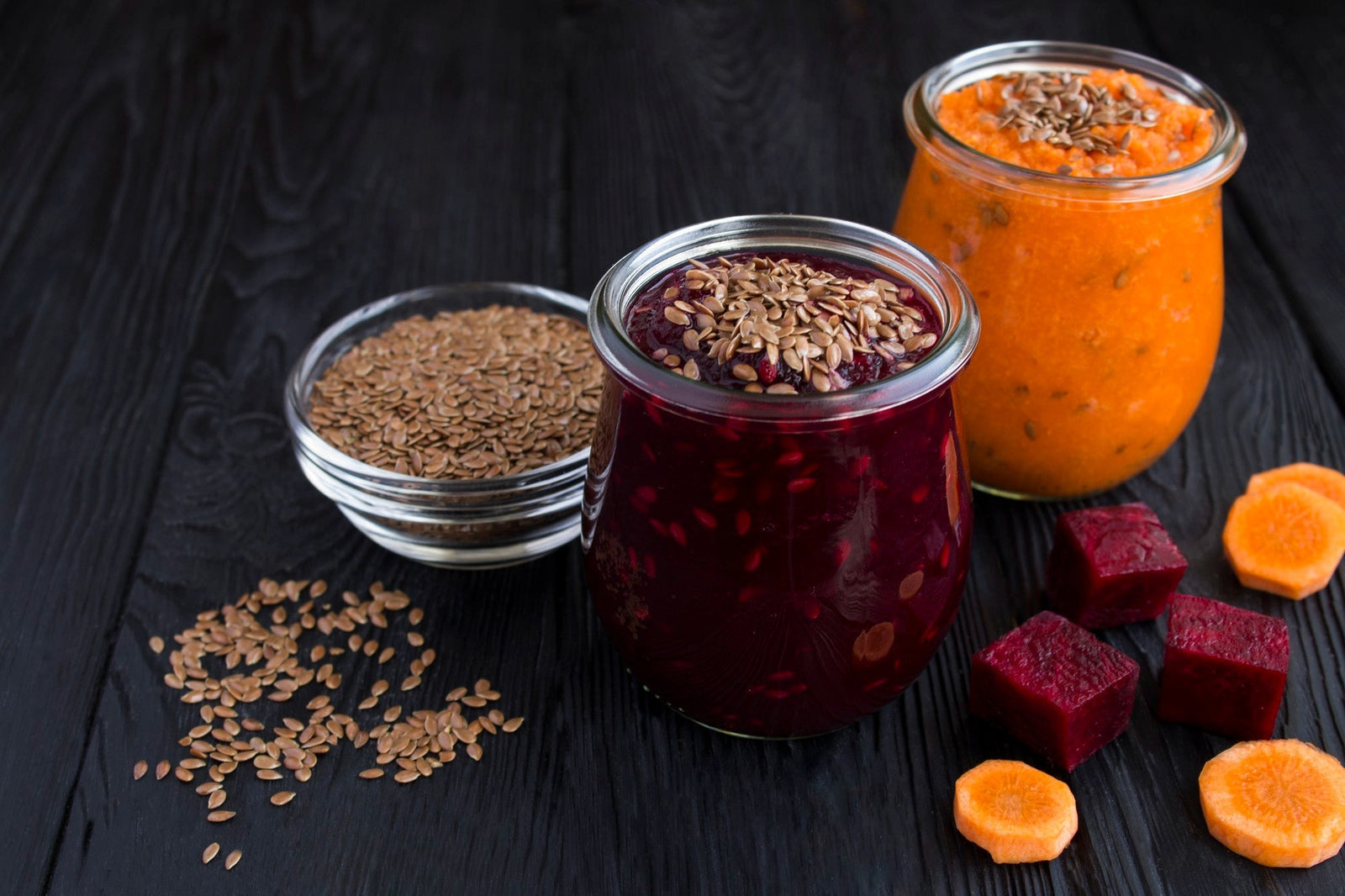
September 08, 2020 2 min read
Origin
Black Beans first originated in North America; researchers believe them to be native to Mexico. There are many different varieties of black beans, including Turtle, Condor, Magic, Black Hawk, and Zorro. Turtle beans (also known as Tampico beans) get their name from their shiny dark appearance. They are prevalent in most countries because of their rich flavor and nutritious benefits. Dry beans have been a major source of sustenance in the Americas since they were first cultivated over 7,000 years ago.
Farming/Genus
Since their introduction, dry bean farming has become a thriving business in the US; the highest in-demand being Red Kidney, Navy, Pinto, Great Northern, and Black Turtle. Although North Dakota produces most of our beans, Michigan has been declared the largest producer of black beans, with over 225,000 acres of land from various local farms.
 Black Turtle Beans are a species of Phaseolus vulgaris (or common bean). Beans cannot survive damp weather conditions, so they are usually planted after the last frost of the season. Turtle Beans are typically half-runners, which means they both bush out and climb. Because they are a part of the Fabaceae family, bean plants have small blossoms; due to black bean's pigmentation, they will usually be violet-colored. From planting, it takes them 3-5 months to reach maturity.
Black Turtle Beans are a species of Phaseolus vulgaris (or common bean). Beans cannot survive damp weather conditions, so they are usually planted after the last frost of the season. Turtle Beans are typically half-runners, which means they both bush out and climb. Because they are a part of the Fabaceae family, bean plants have small blossoms; due to black bean's pigmentation, they will usually be violet-colored. From planting, it takes them 3-5 months to reach maturity.
Cultural Cuisine
 Black Turtle beans are regularly used in recipes across Latin-America. Most recipes are variants of beans and rice, such as Moro y Cristianos from Cuba, Moro de habichuelas from the Dominican Republic, and Gallo pinto from Costa Rica and Nicaragua (where it is commonly served with breakfast). Some other popular dishes are Pabellon Criollo, a rice and beans dish with the addition of stewed beef, and Feijoada Brasileira, black bean and pork stew, served with rice and sautéed greens.
Black Turtle beans are regularly used in recipes across Latin-America. Most recipes are variants of beans and rice, such as Moro y Cristianos from Cuba, Moro de habichuelas from the Dominican Republic, and Gallo pinto from Costa Rica and Nicaragua (where it is commonly served with breakfast). Some other popular dishes are Pabellon Criollo, a rice and beans dish with the addition of stewed beef, and Feijoada Brasileira, black bean and pork stew, served with rice and sautéed greens.
Black Turtle Beans are a staple ingredient in many cultures. From breakfast to dinner, these beans will make a great addition to your pantry!
Yummy Black Turtle Bean Recipes
Related Blogs:
Thanks for reading this Be Still Farms Blog article. To sign up for more news/articles and/or recipes, click here. For more about us, click here. To shop our certified organic products, click here.
Please comment and share and we look forward to serving you in the future!
Comments will be approved before showing up.

January 27, 2025 3 min read
Flaxseed, the tiny yet powerful superfood, is packed with nutrients that can support weight loss. From curbing hunger to stabilizing blood sugar, this guide dives into the science of how flaxseed can help you shed those extra pounds.

December 11, 2024 3 min read
Discover three quick and easy soup recipes featuring organic small red beans. From a classic vegetable soup to a creamy potato blend, these wholesome recipes are perfect for chilly days and busy weeknights. Packed with flavor and nutrition, these soups will warm your heart and soul this winter!

December 06, 2024 3 min read
This vibrant and nutritious Green Lentil Salad combines tender lentils with grilled chicken, fresh vegetables, and a zesty lemon dressing. Packed with protein, fiber, and essential vitamins, it’s the perfect healthy meal for any time of day.
© 2025 Be Still Farms- Real, Fine Organics.
Privacy | Terms | Refund Policy | Organic Certification
